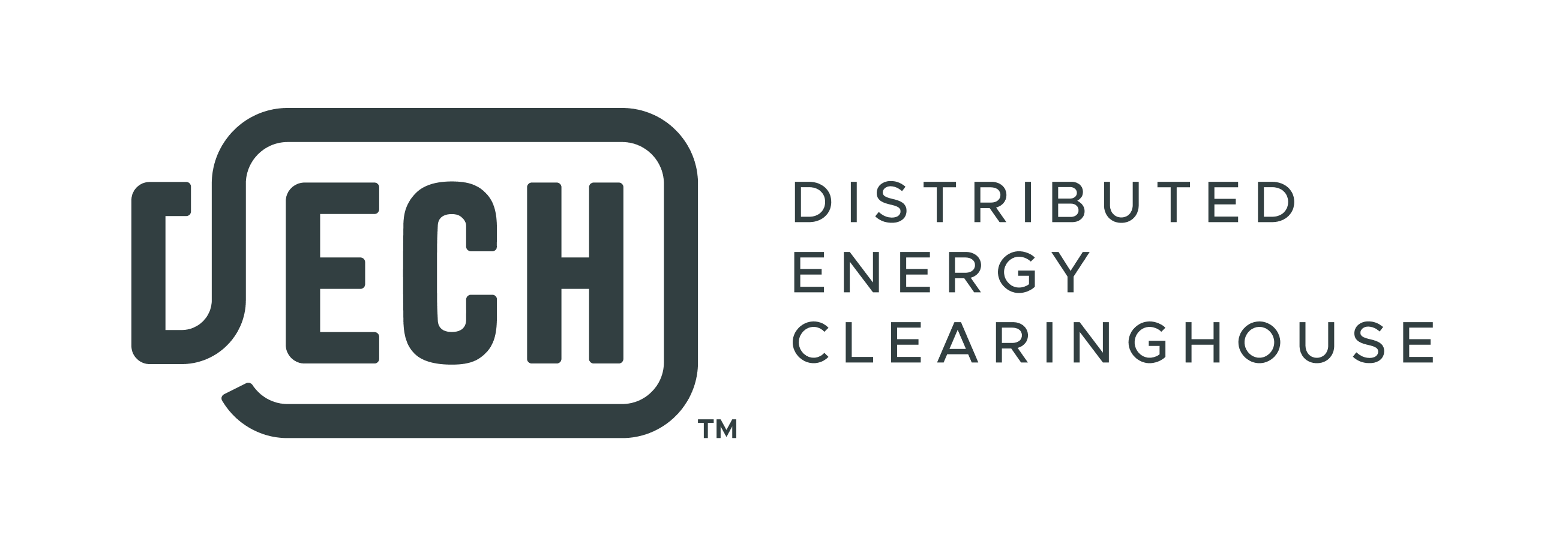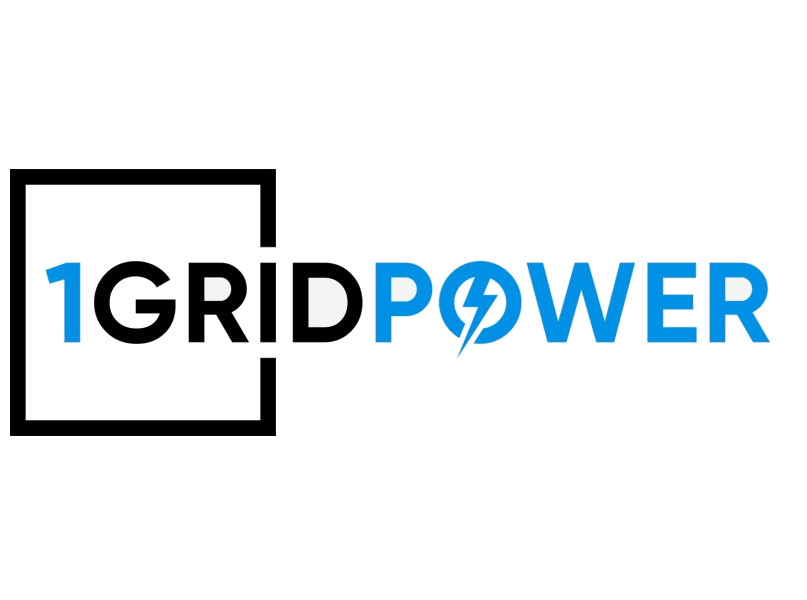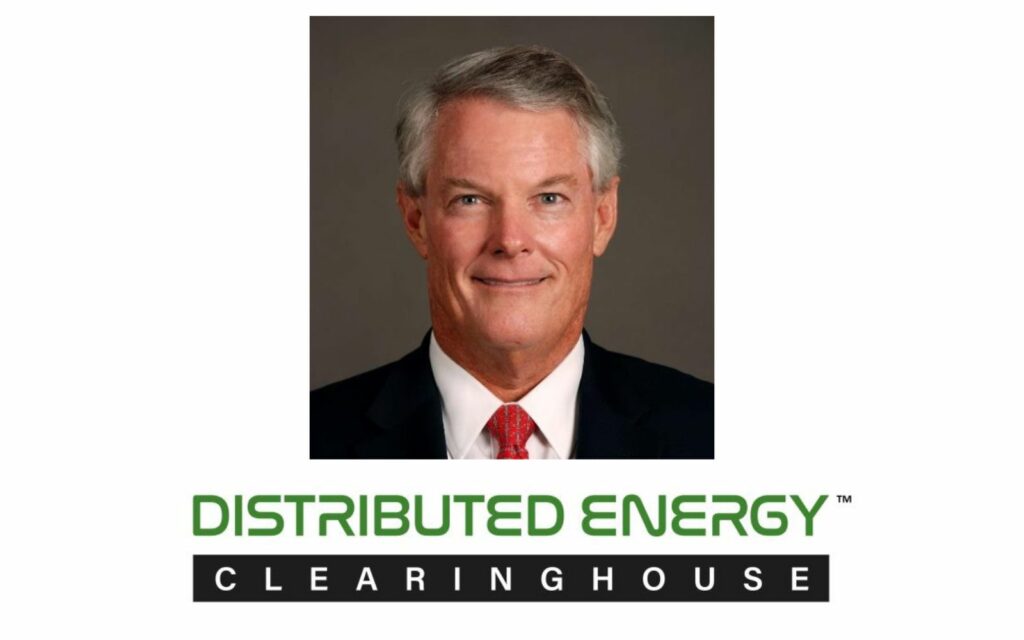Virtual Power Plants (VPPs) are transforming the U.S. energy landscape by integrating decentralized energy resources such as solar panels, battery storage, demand response, and flexible loads. These digital platforms coordinate distributed energy resources (DERs) to enhance grid reliability, reduce costs, and support decarbonization. The evolution of VPPs varies by region, reflecting different energy policies, resource availability, and market structures.

California: A Solar and Storage Powerhouse
California has been at the forefront of VPP development, driven by its aggressive renewable energy targets and high penetration of rooftop solar and battery storage. The state’s Net Energy Metering (NEM) policies, Self-Generation Incentive Program (SGIP), and Time-of-Use (TOU) rates have incentivized the adoption of solar-plus-storage systems. Companies like Tesla, Sunrun, and Swell Energy have aggregated thousands of residential batteries into VPPs to provide grid services such as frequency regulation and peak shaving.
The California Independent System Operator (CAISO) has facilitated VPP participation through its Energy Storage and Distributed Energy Resource (ESDER) initiative. In response to frequent wildfires and grid reliability concerns, utilities like Pacific Gas and Electric (PG&E) have deployed VPPs to provide resilience, particularly in areas prone to Public Safety Power Shutoffs (PSPS). The Emergency Load Reduction Program (ELRP) also enables VPPs to contribute to grid stability by reducing demand during critical periods.

Texas: Load Management Through ERCOT Aggregated Resource Program
The Electric Reliability Council of Texas (ERCOT) operates an energy-only market with limited capacity incentives, making demand response a crucial component of grid stability. Unlike California, where solar and storage dominate, Texas VPPs are more focused on load flexibility, especially through smart thermostats, commercial demand response, and industrial load curtailment.
Programs like the ERCOT Aggregated Resource (AR) initiative allow residential and commercial customers to participate in demand response through aggregators such as OhmConnect and Enel X. Large-scale load aggregation is critical in Texas, particularly in the wake of Winter Storm Uri in 2021, which exposed vulnerabilities in the state’s grid. To enhance resilience, companies have expanded VPP programs integrating backup power from distributed generators, electric vehicles, and thermal storage solutions.

New York: Policy-Driven Grid Modernization
New York’s Reforming the Energy Vision (REV) policy framework has accelerated VPP development by encouraging utilities to embrace DERs. The state’s Value of Distributed Energy Resources (VDER) tariff rewards flexible resources based on locational and temporal grid needs, fostering the growth of community-based VPPs.
Con Edison’s Brooklyn-Queens Demand Management (BQDM) program is a prime example of a VPP designed to defer infrastructure upgrades by leveraging demand response and battery storage. Companies like Centrica and LO3 Energy have also piloted blockchain-based VPPs that enable peer-to-peer energy trading within microgrids.

Midwest and PJM: Industrial Demand Response and Grid Services
In the Midwest, where energy markets are operated by the Midcontinent Independent System Operator (MISO) and PJM Interconnection, VPPs have evolved around industrial demand response and commercial load aggregation. PJM’s Demand Response program allows large industrial users to participate in capacity and ancillary service markets by adjusting their energy consumption during peak events.
Chicago-based CPower and Baltimore-based Voltus are aggregating commercial and industrial loads to provide flexible capacity to PJM. Additionally, utilities like Ameren in Missouri have launched pilot VPP programs that integrate residential storage and smart thermostats to optimize grid performance.

Southeast: Emerging VPP Models
The Southeast has traditionally been slower to adopt VPPs due to vertically integrated utilities and regulatory barriers. However, utilities like Duke Energy and Southern Company are beginning to explore VPP pilots. Duke Energy’s Virtual Peaker Program in North Carolina and South Carolina integrates smart thermostats and water heaters to reduce peak demand. Similarly, Florida Power & Light (FPL) has launched pilot projects that leverage battery storage and demand response to support grid stability.
Conclusion
The evolution of VPPs in the United States is shaped by regional energy priorities, market structures, and regulatory policies. California leads in solar and storage-driven VPPs, Texas emphasizes demand-side flexibility, New York fosters policy-driven grid modernization, and PJM/MISO leverage industrial demand response. As grid decarbonization efforts accelerate, VPPs will play an increasingly vital role in enhancing energy resilience, integrating renewable energy, and optimizing grid operations nationwide.





